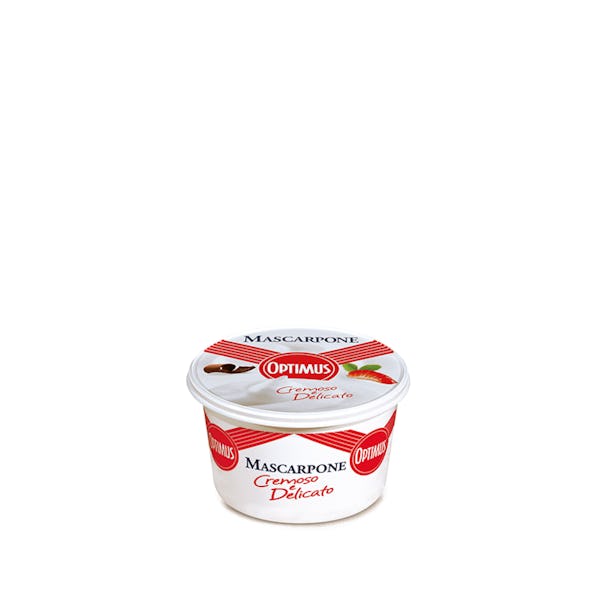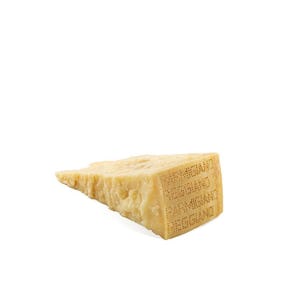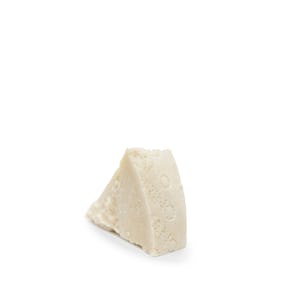
Tasting Notes from The Curator
The texture of Mascarpone is creamy and delicate. The concise portrayal of Mascarpone really is just thickened cream that is on its way to becoming butter. It is a thick, double or triple cream, soft cheese with a very high fat content ranging from 60% to 75%. The rich butterfat content makes the cheese an essential ingredient in Italian recipes like Tiramisu and cheesecakes.
Preparation
Mascarpone is used in both sweet and savory dishes. It is added to enhance the flavor of the dish without overwhelming the original taste. The cheese tastes best with anchovies, mustard and spices, or mixed with cocoa or coffee.
A famous Italian dessert, Tiramisu, is a layered dish made of Savoiardi or Lady Fingers, espresso, brandy, chocolate and Mascarpone. The use of this cheese for this dessert is considered a forefront of Italian cooking.
Another possible use of Mascarpone is to thicken puddings and dessert creams. It is also popular as a standalone dessert served with fruit or syrup.
Retracing Italian History
Mascarpone originated in the area between Lodi and Abbiategrasso, Italy, southwest of Milan, in the late 16th or early 17th century. The name is popularly held to derive from mascarpa, an unrelated milk product made from the whey of stracchino (a young, barely aged cheese), or from mascarpia, a word in the local dialect for ricotta. Unlike ricotta, Mascarpone is made of cream.
The inventor of the Tiramisu recipe, Chef Roberto “Loli” Linguanotto, used this very same brand, Optimus Mascarpone on his first go at the dessert back in 1970 at the Alle Beccherie restaurant in Treviso. Today Tiramisu is a loved dish and a staple in the Italian culinary world.
Storage Instructions
Store in the fridge. Consume within 5 days after opening.



